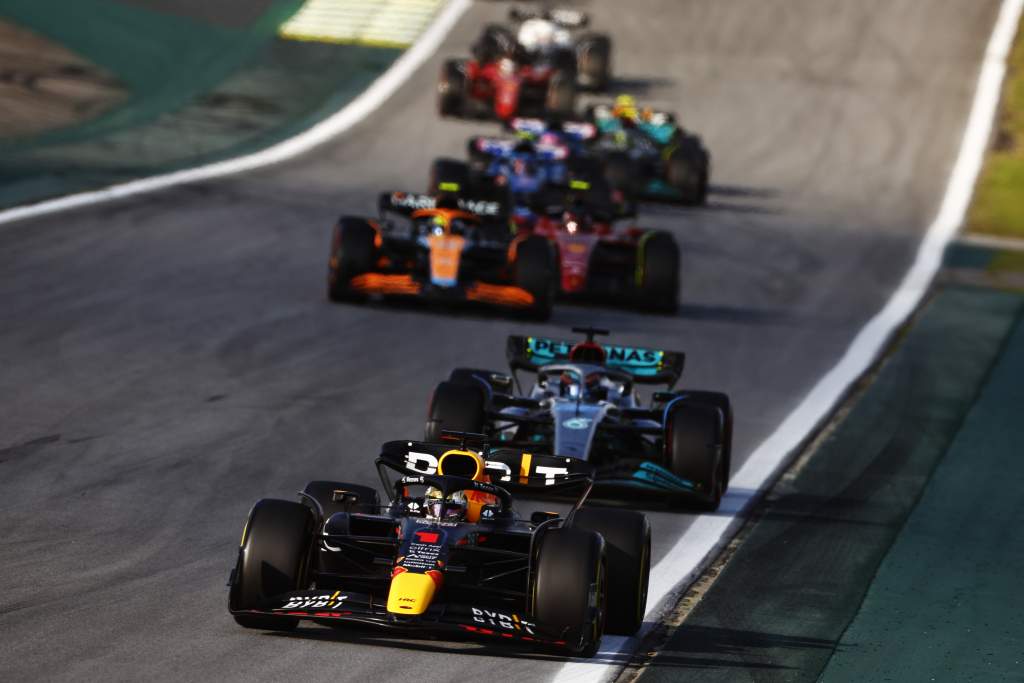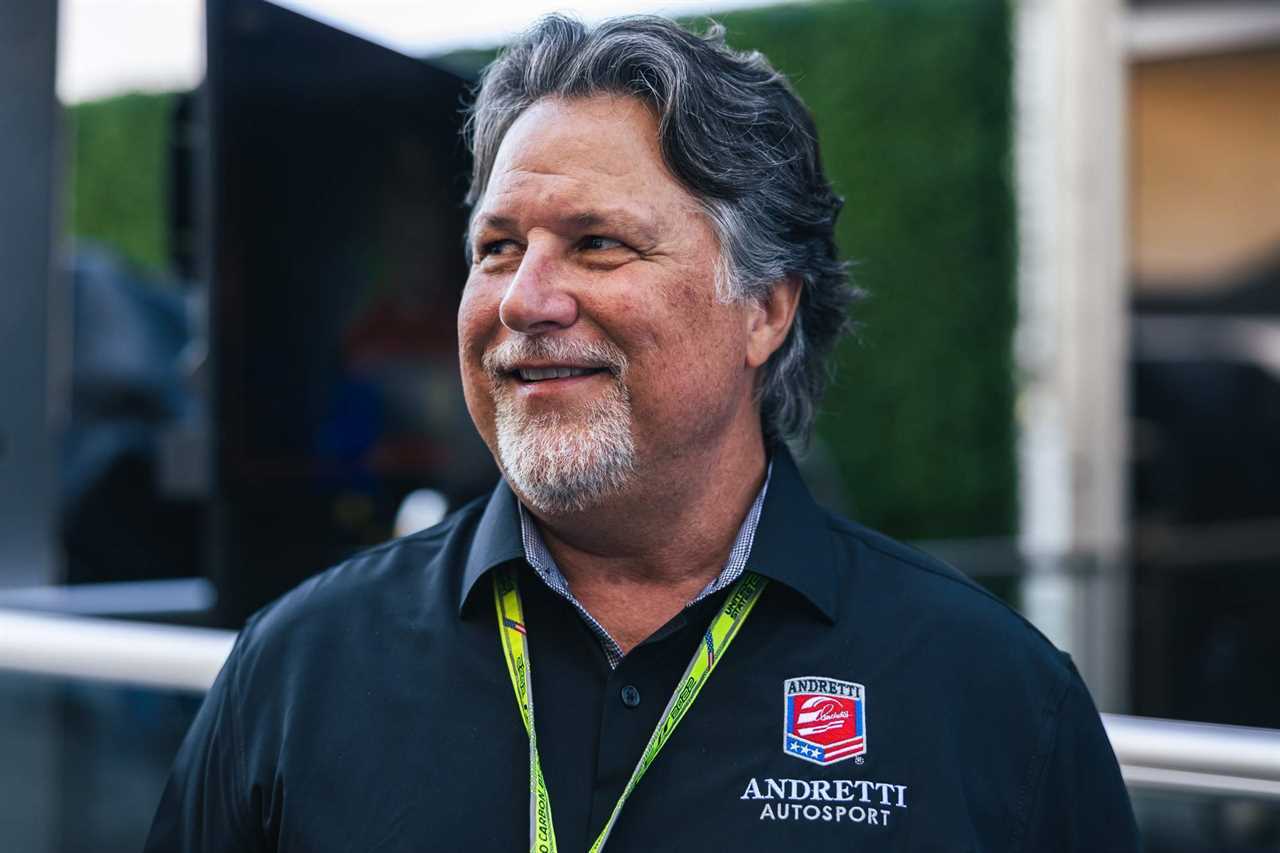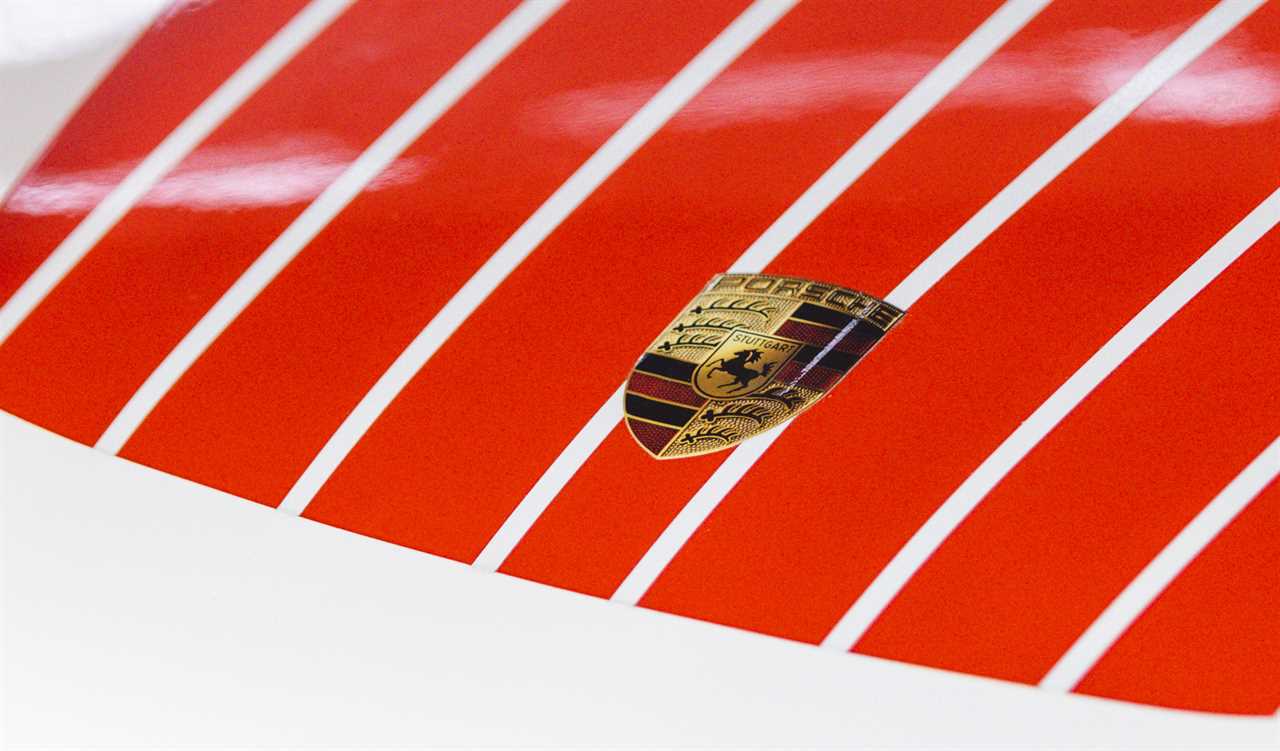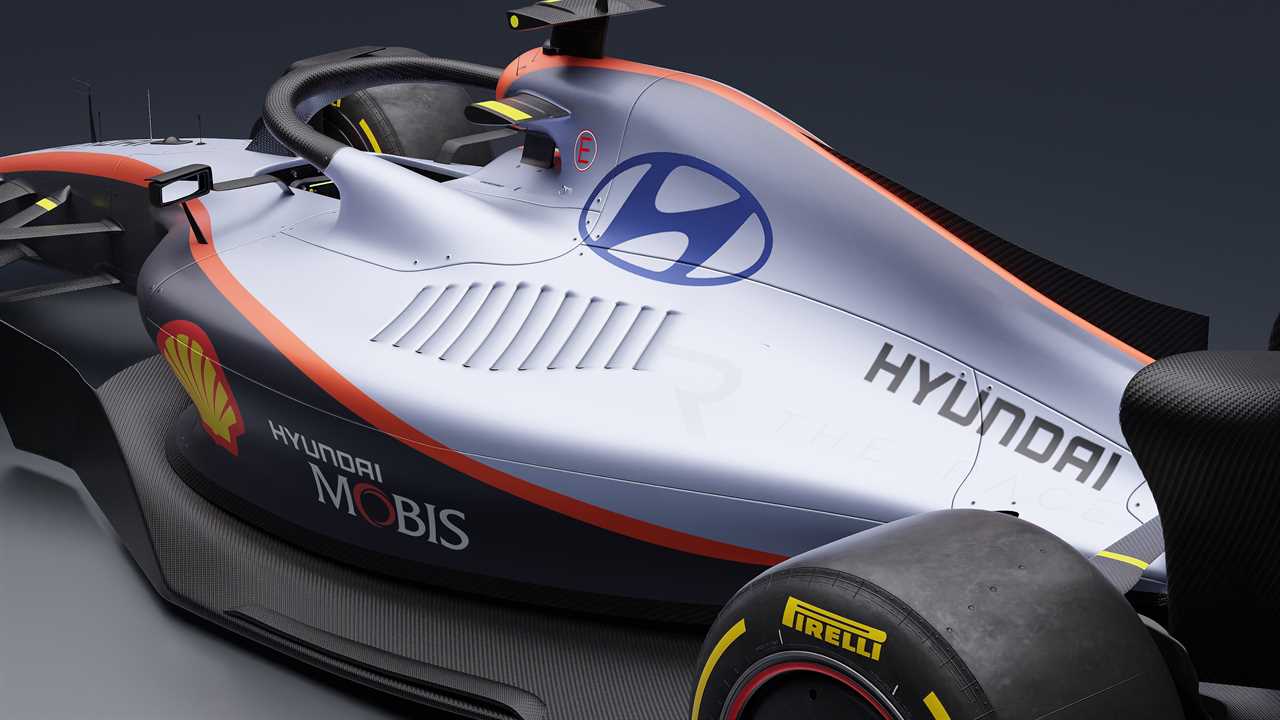
Formula 1’s growth has been relentless over the last couple of years and there is reason to expect that will continue in 2023 with prospective new races, teams, and manufacturers.
Since the COVID-hit 2020 season put a major blot on Liberty Media’s F1 books, there has been a huge effort to capitalize on the Netflix Drive To Survive effect and whatever pent-up demand there was during the pandemic.
Crowd figures at grands prix are through the roof, F1 has more interest than ever from potential host venues, and various entities are knocking at the door because they want to get in on the act.
It is extremely likely that, over the next 12 months, F1 will announce deals that allow it to expand even further.
A NEW RACE?
The ‘easiest’ achievement for F1 will be adding yet another new race to the calendar.
There are constantly new potential hosts cropping up, either contacting F1 directly or making pitches through the media.
Kyalami (South Africa), Seoul (South Korea) and Barranquilla (Colombia) have all been touted as options for 2024 and beyond. Had the original discussions about a Kyalami race gone differently that track would be on the 2023 calendar already.

It’s Seoul/South Korea that looks like the big priority, with interest on the side of the city and F1 itself.
Conversely, while the interest in Colombia is real, and a serious proposal has been put together, it sounds like F1 is open to the discussions but not entirely convinced. One concern is infrastructure, which would likely take a couple of years to change, so if this project comes to fruition it’s more of a medium-term contender.
A key question, of course, is how a new race would fit in. F1 has repeatedly stated it will not go above 24 races, the number scheduled for the 2023 calendar.
Rotating European races seems the main answer to that. So if F1 does target one of these new races, or another option, one consequence could well be that a race like Spa slips into only being a biennial event.
A NEW TEAM?

One of the greatest sources of intrigue among fans continues to be the prospect of F1 expanding the grid to 11 or more teams.
This is something that F1 could easily accomplish if it wanted to, because it is a great time to own an F1 team.
The budget cap, tweaks to how F1 prize money is distributed, and further changes to improve the competitive landscape of the championship make an F1 entry more of a measured investment than arguably ever before. The surge in popularity means great exposure. The hybrid engines and sustainable fuel push make for an obvious automotive marketing strategy/justification.
Obviously, the Andretti family is the greatest example of a potential new team. But there have been plenty of others sniffing around in the last couple of years, and others still emerging from the woodwork.
The catch is that F1 and the FIA haven’t opened a process for formal bids to be made. Most stakeholders – F1, the governing body, the teams themselves – see more benefits in keeping it a closed shop.
Teams should gain more and more investment, which means they’ll be profit-making enterprises with increased funding and competitiveness. The championship will grow with that. Whereas a new team could dilute the pot that everyone gets their money from, be a competitive risk, and disappear without making any real contribution.

F1 and the FIA are open to the idea of a new team. But it has to be the right one. That has been the message for months.
“There is a value that has to be recognized to the teams that are already into the championship because they cannot allow any dilution of their financial partnership,” said F1 CEO Stefano Domenicali in November 2022.
“But mainly the point is, will a new entry [put F1 in] a better location? This is from the financial point of view and the sporting point of view.
“It’s not a problem of having one more team to have better racing.
“If there will be a real, credible new entry that we want to discuss with, we are ready to discuss.
“But we are not in the best position today for that.”
A NEW MANUFACTURER?

With the new power unit regulations taking shape for 2026, and a nominal deadline to express interest in supplying engines having already passed, it is inevitable there will be new manufacturers in F1 in the coming years.
We already know that Audi and Red Bull Powertrains will be first-time F1 engine suppliers in 2026. And more are still in discussions.
There is an obvious, full-blown manufacturer commitment like Honda’s could be – either as a partner with Red Bull, or with its own engine entirely.
There are interested parties like Porsche or Hyundai, who want a slice of F1, whether that’s through team equity or a technical exercise.

And then there’s Ford, linked with a branding-only deal (at least at first) that would bring one of the world’s biggest car makers back to F1, just without any actual technology, merely stickers on an engine designed and built by Red Bull.
Getting more manufacturers into F1 has been an explicit aim of the 2026 engine rules. That has already been achieved to some degree. But F1 will always strive for more.
Whether any of these speculated possibilities are on the cards for 2026, or could come later as has been suggested to The Race, it is likely that significant progress will be needed in 2023 to get the green light. And some have more pressing deadlines than others.






